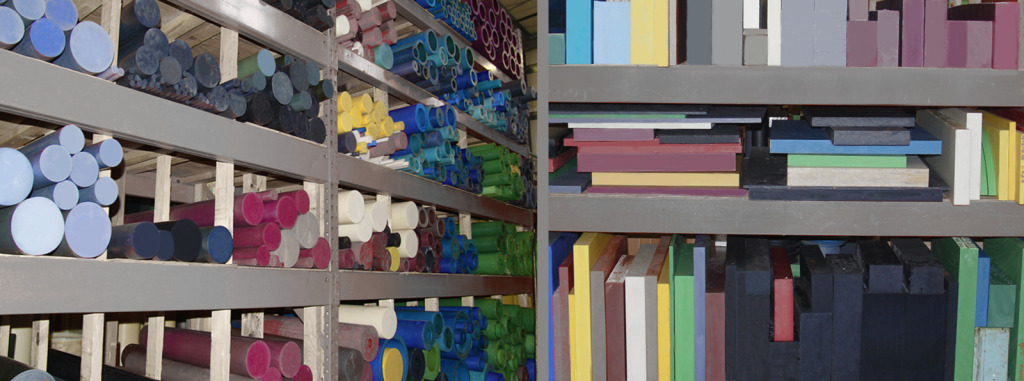The most common type of Nylon are Cast Nylon (Type 6) and Extruded Nylon (Type 6,6). The largest applications for Nylon are bearings, cams, valve seats, gears and other bearing and wear applications that require quiet operation, wear resistance and low coefficients of friction. Nylon is typically not preferred for wet applications as it absorbs water. With this said however there are grades and design methods that can make them work for specific applications.
Nylon offers an excellent combination of mechanical performance and cost making it the most widely used engineering thermoplastics Today there are many nylon grades available, the most common being nylon 6/6 and nylon 6. The properties of both nylon products are very similar; and typically, they can be used interchangeably. With this said, there are some advantages and limitations to each material both nylon 6/6 and nylon 6.
Want mouldable and extrude-able general- purpose nylon? Nylon 6/6 (polyhexamethylene adiptimide) has good mechanical properties and wear resistance. Nylon 6/6 has a much higher melting point than cast nylon 6. Nylon 6/6 also has a higher intermittent use temperature than cast nylon 6. Nylon 6/6 is limited by its processing methods. What this means is In extrusion, it nylon 6/6 is limited to constant cross-section profiles as well as the size constraints of the die geometry. There are however, a larger number of fillers available for extruded nylon 6/6.








